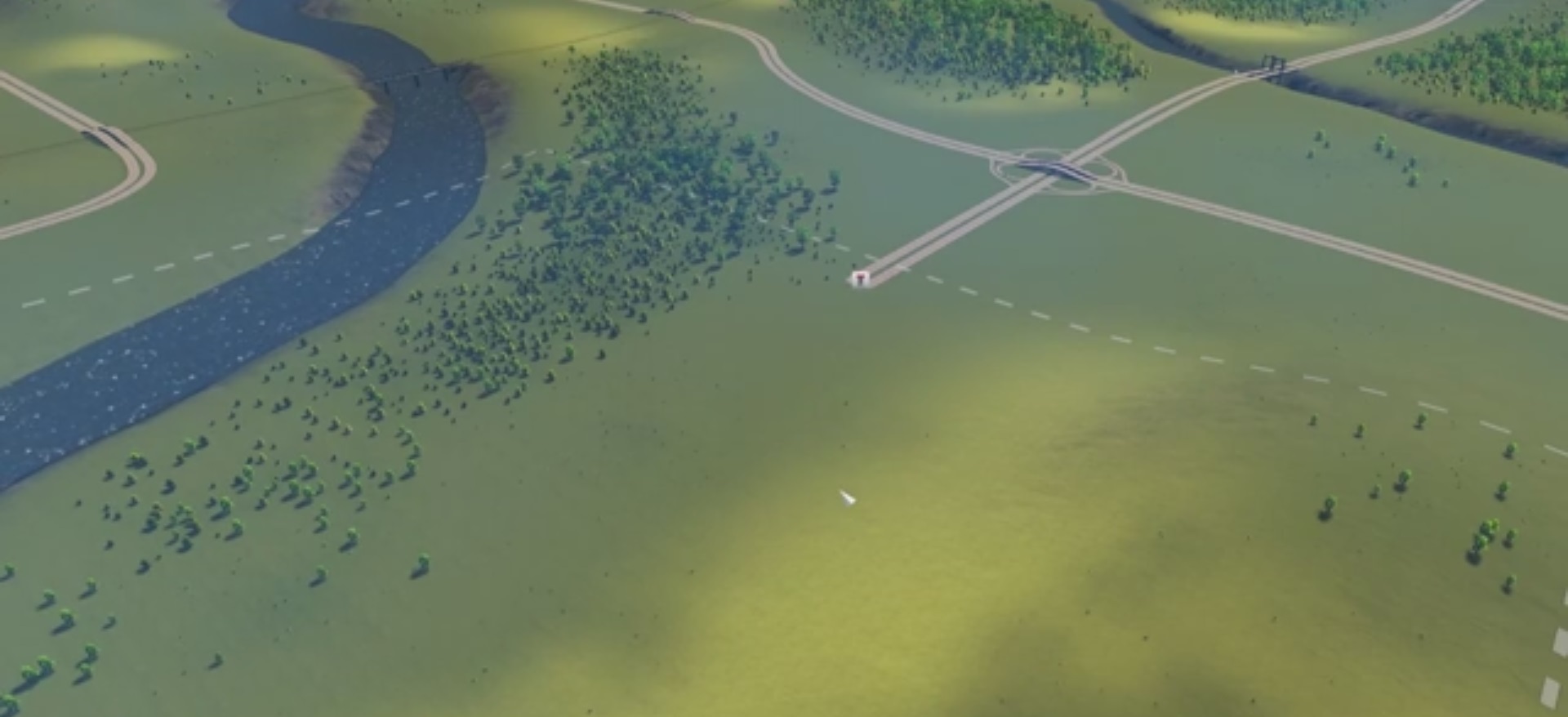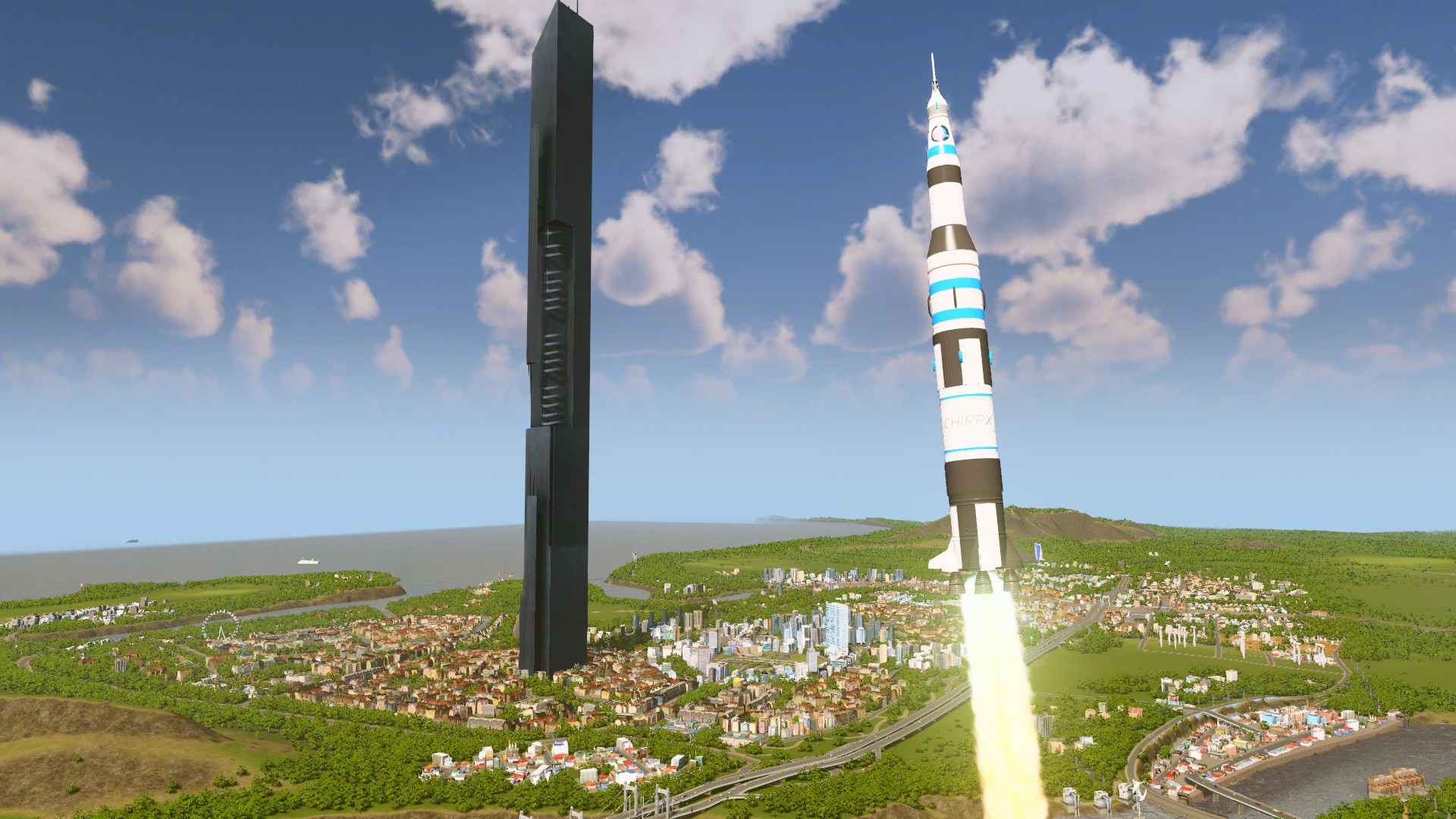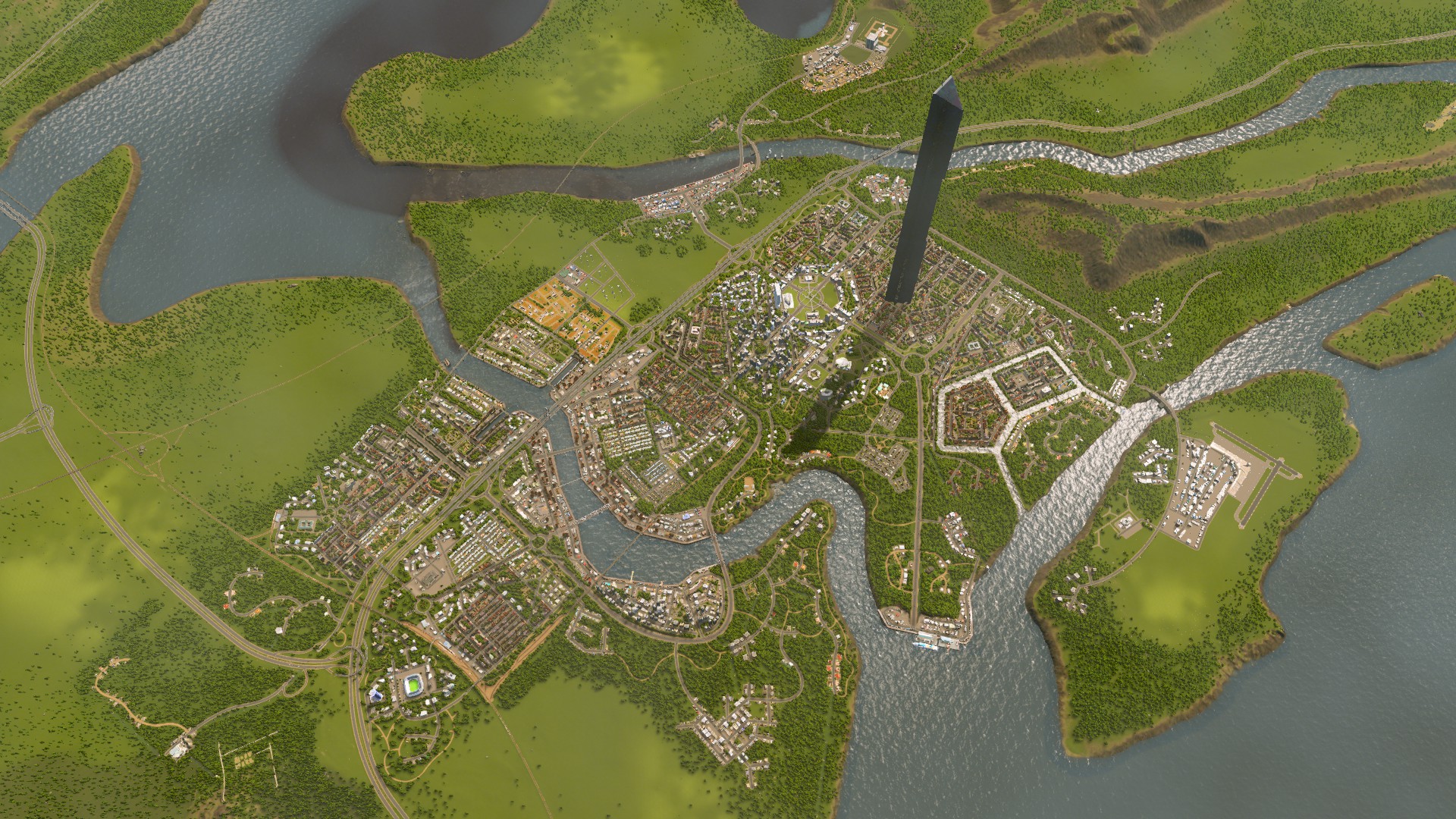Cities: Skylines
Ten years after its release, I take a new look at this gold-standard of city builder games.
After remaining 25 years as the gold-standard for urban city-building games, Will Wright’s SimCity series met its unfortunate end with the series’ unsuccessful relaunch in 2013 and the folding of (already rather undead) Maxis, the development company behind almost every SimCity game. Although the genre had potential for some healthy competition, the fellow city builders suffered from either being direct clones or relying on uninteresting features. Consequently, the series left an empty void to the world of construction and management simulations.
Thankfully, this void was filled in 2015, when a Finnish game developer house Colossal Order published under Paradox Interactive their own take on the city-building genre, Cities: Skylines. Colossal Order had previously approached the genre with their public transportation game series, Cities in Motion. While quite amateurish in execution, the games were filled with new, interesting ideas that were fully utilized in Cities: Skylines. These include 3D-environment, individual citizens with a home, workplace, and method of transportation, and fully-simulated mass transit system. A sequel, Cities: Skylines II, was released in 2023.
Considering the lukewarm reception and technical issues of the sequel, I decided to play through the original game and see how it performs 10 years after its original release. After reading through a few guides on the core mechanics of the game and the basics of aesthetics, I decided to go for a more visually-pleasing and realistic look for the city and focus less on optimisation. With the European style set, I named the city City 17 for reasons that shall remain an enigma.

Every new game of Cities: Skylines begins with a single plot of land connected to a highway that spans through the entire map. The player is given a limited selection of building options: the most basic forms of roads, low-level residential, industrial, and commercial zones, and the essential services and utilies, namely, power, water, and sewage. By increasing the population of the city, more land plots and buildings become available. While this restriction of options can be beneficial for a beginner, it poses severe limitations to the initial planning of the city, and forces to build temporary settlements to rapidly increase the population. While the game does not provide planning tools per se, all “ploppable” buildings can be relocated and zoned buildings mass-demolished, making re-designing a city quite straightforward.
After establishing a small town, districts become available. As one of the major new features to the genre, city areas can be designated as districts with numerous specialization and regulation options. While residential areas can benefit from a heavy-traffic ban, lowered taxes for high-tech housing, and free transportation, industrial zones can be devoted to agriculture, forestry, and ore or oil industry, depending on the availability of resources on the map. Districts give the game a new layer of depth, and together with the varying distribution of resources per map improve re-playability and allow for more unique city designs.
The fact that every citizen, tourist, and delivery service is now fully simulated makes the designing of road networks and public transportation more compelling. As every individual has a daily cycle between their home, workplace, and leisure, it is easier to both plan an effective system and later find and fix its potential flaws. Carried over from Cities in Motion and refined even further, public transportation is the highlight of this game, and it together with the new pedestrian walkways play a major role in reducing heavy traffic. Interestingly, likely due to the limitations of its engine, there are no traffic accidents in the game. Therefore, it is possible to devise daredevil road contraptions to improve traffic flow without penalisation, with the exception of suffered realism.
Compared to most other city-building games, Cities: Skylines is highly forgiving regarding public services. Health and education in particular seem to exist now as more of luxuries, considering that the game does not keep nagging about under-educated or unhealthy citizens unlike the advisors and news tickers in the SimCity games. In fact, keeping some of the population under-educated could be a tactical choice to keep the blue-collar industry well and alive. Nonetheless, the development of zoned buildings is linked to the education level of their residents or workers, impacting both the building’s population density and taxation. Although all service buildings have a limited coverage, the exact range of effect remains vague, and it is not clear whether and how much it is affected by public transportation.
An interesting feature is the stadium; a late-game building that automatically organises matches that if won bring the city cash and a small boost in happiness. The stadium acts as a game within a game, in which the odds of winning can be improved by better transit accessibility and specific budget allocations. There is also a facility to launch space rockets that requires massive amount of raw resources, but its purpose remains unclear.

While efficiency still remains a major goal in designing a perfect city, the 3D-environment adds to the significance of aesthetics. The key to make a beautiful city appears to be made of two aspects: lots of trees and lots of streets. Initially, the map is very sparse on trees, with its bare forests and lonely shrubs in the grassless fields. While trees can manually be added one by one, a tree brush mod with its capability to create thick forests is a must for more appealing visuals. Compact and intersecting street layout at regular intervals can spruce up the city looks, particularly when zoned with smaller than 4x4 plots. Separating districts with so-called cardinal roads with their high traffic capacity that narrow into district streets in a tree-like manner suits well both the form and the function.
After reaching the final milestone, monuments with game-changing effects become available. They act as late-game challenges, requiring to have specific sets of buildings in a city. The Space Elevator is likely the first monument to be available, because it requires buildings that can be unlocked just by developing the city to the final tier. The rest of the monuments require special buildings with rather unfair and questionable requirements, such as sustaining 50% crime rate and 2000 abandoned buildings in a city for a short period.
The game map is limited to maximum of nine land plots, and although many mods increase the limit, I found the number of available plots sufficient for this playthrough. For the conclusion, I plopped down a modded Combine Citadel on the old town downtown. And so City 17 is complete.

Various bits in the game could still be improved. Terraforming remains rather awkward, and therefore time-consuming. Laying down water pipes feels a chore that does not need strategy or planning, and should be streamlined in similar to electricity. Many features included in the SimCity series are missing, such as being able to make deals with neighbour cities as in SimCity 3000, being able to control vehicles as in SimCity 4, and being able to improve individual service buildings as in SimCity (2013). Paradox Interactive is notorious for publishing numerous small expansions with largely scattered content for games under their wing, and Cities: Skylines in not an exception. Although it is quite clear what expansions such as Campus and Natural Disasters may contain, it is less comprehensible why trams are included in Snowfall but not in Mass Transit. Later expansions also became more and more underwhelming in their content and implementation.
Ultimately, the game’s most significant flaw is its sterile nature. While being a software toy in similar to the SimCity lineage, it is a far cry from its brethren’s sense of humour, atmosphere, and presentation–not to mention the jazz-inspired live band music from SimCity 3000. However, the game does present the most accurate city planning and management to date, and therefore could be considered as more of a simulation than a video game.